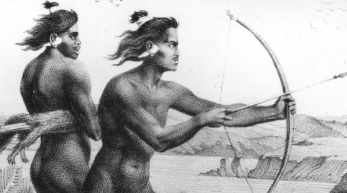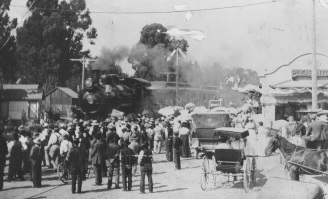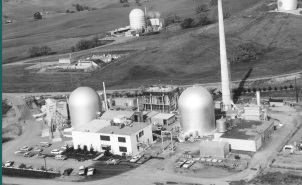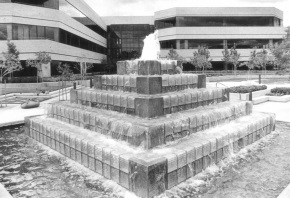Explore the History of Pleasanton
|
Thousands of years before the first Europeans set foot in what we now call the Amador-Livermore Valley, tribes of Native Californians lived here. Over the millenia before the European intrusion, these tribes developed a flourishing and sustainable society well-adapted to the land upon which they lived.
More about the Valley's Native people in precolonial times... |
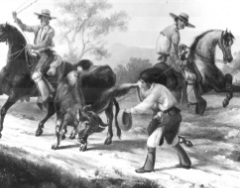
European settlers brought new changes to the Valley. Spanish missionaries, backed by small groups of soldiers and colonists, introduced tilled-field agriculture and vast herds of European livestock, driving out most of the wildlife and enslaving the region's Native people to work their fields and herds. With the establishment of Mission San Jose to the south, the valley soon became cattle grazing land. It remained grazing land even after the missions were dissolved in the wake of the Mexican Revolution and the land granted to well-connected settlers known as rancheros.
More about the Mission and Rancho periods...
More about the Mission and Rancho periods...
|
The city of Pleasanton embodies the changes that have come to the Valley in the past two and a half centuries. After the Gold Rush Anglo and other settlers intensified the farming, drained the marshes, and brought railroads to link the Valley with the rest of California and the nation. From a roadside stop named Alisal on the lands of the Bernal family’s Rancho El Valle de San Jose, it grew into a town when the Transcontinental Railroad came through the Valley.
More about the establishment of Pleasanton... |
|
The Valley remained primarily a region of farmers and ranchers until the Second World War. A temporary influx of soldiers and workers was followed by more permanent development, spurred by the Cold War and the explosive growth of the San Francisco Bay Area. High-tech research and commercial growth attracted thousands of new residents.
More about mid-Century growth... |
|
Pleasanton remained primarily a depot for the Valley’s farmers until after World War II, when Bay Area growth spilled past the ridge to make Pleasanton a bedroom community and a home for corporate headquarters. Attempts to keep this growth under control led to a policy of “planned progress,” which has been the touchstone for city planning ever since.
More about today's Pleasanton... |

